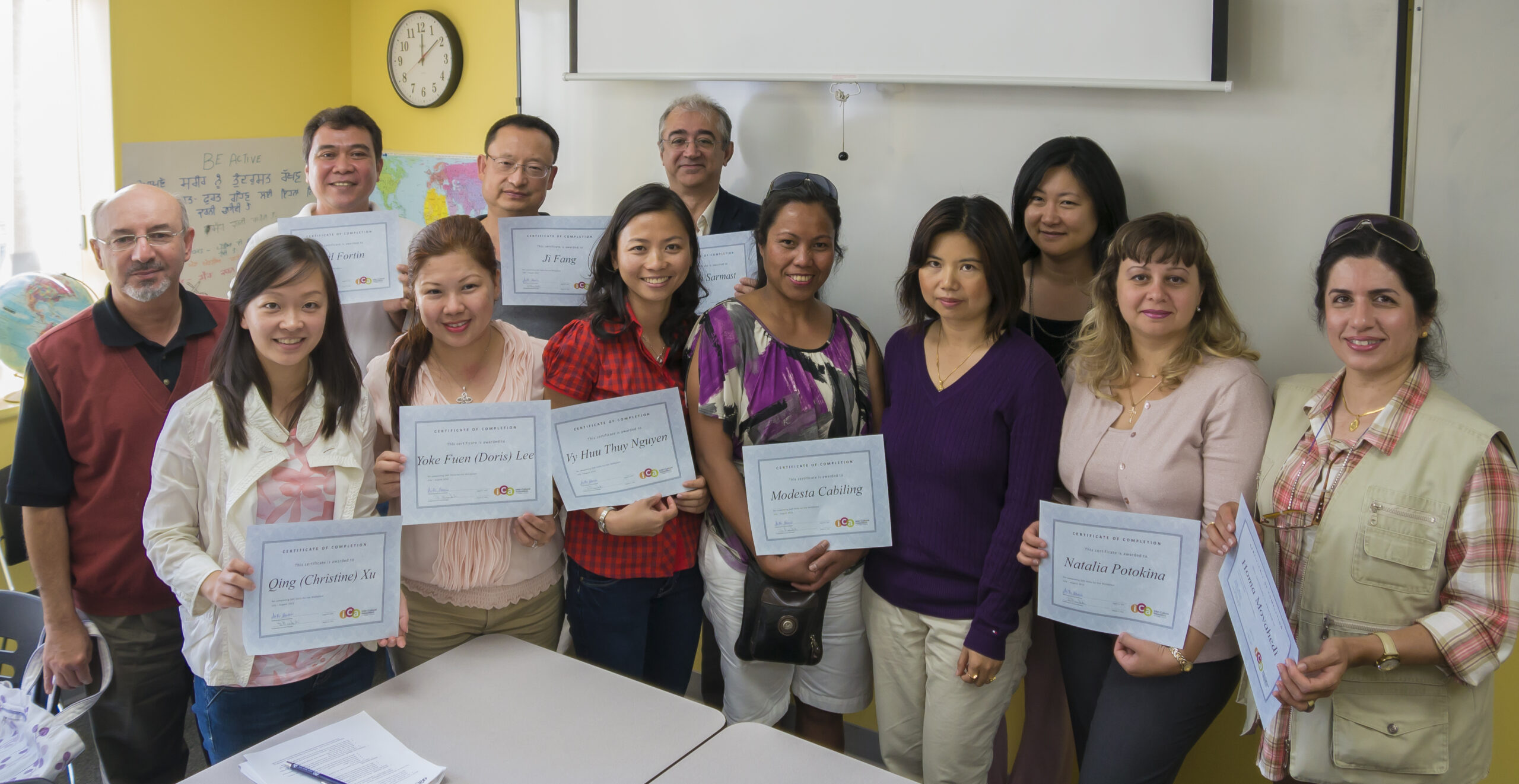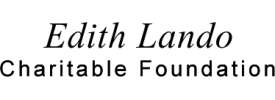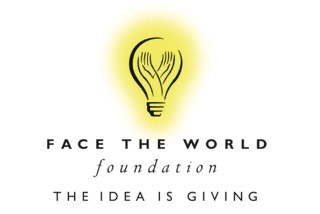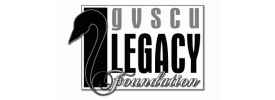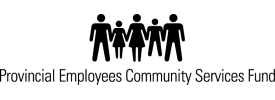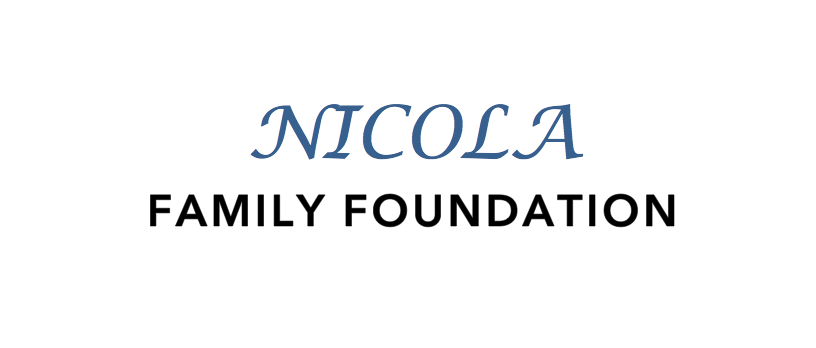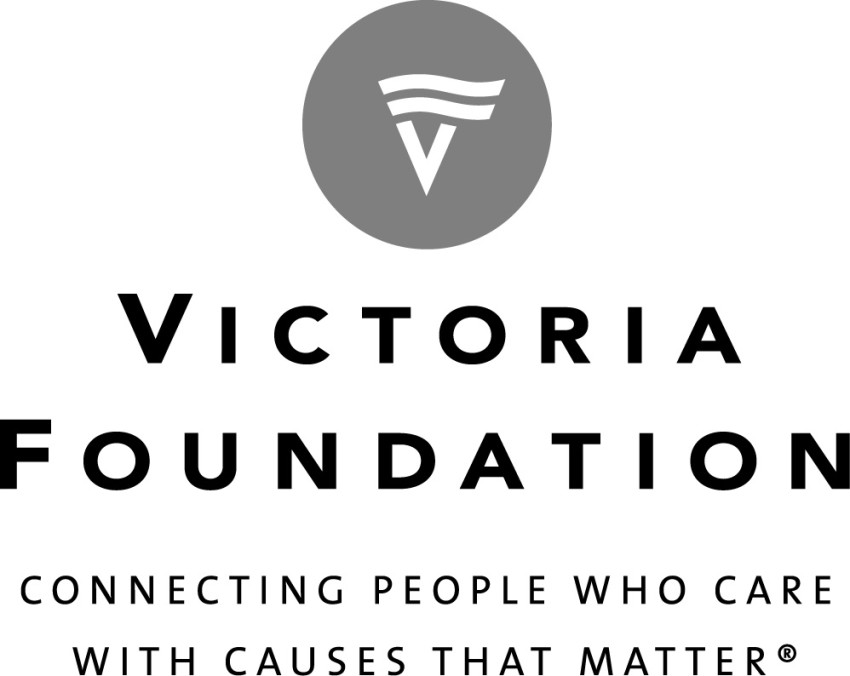To a passer-by, the Inter-Cultural Association’s Immigrant Welcome Centre on Balmoral Avenue in Victoria, BC, may not seem like much: a colourful doorway underneath the United Church appears to invite visitors into a small, unassuming space.
Stepping inside, however, you enter a labyrinth — two and a half floors of offices, classrooms, resource rooms, and even a fully equipped childcare centre with an adjoining outdoor playground. Steven Baileys is the Community Development Coordinator at the Inter-Cultural Association of Greater Victoria and he showed me around the space, identifying the many ways in which this organization serves immigrants in Victoria.

The Immigrant Welcome Centre offers English language classes for over 500 students each year, as well as employment readiness training and various other settlement services. Child care services, which are much sought after and oversaturated in Victoria, are another incredibly valuable resource at the Centre, supporting newcomer parents who need time to learn English and prepare for the work force in their new community.
I asked Steve to identify some of the most significant stigmas for immigrants coming to Canada. He spoke of longstanding discrimination — assumptions that people from different countries or cultures aren’t capable because they don’t look, speak, or act like a stereotypical Canadian.
There’s been a concerning resurgence of this kind of discrimination as the global migrant crisis is on the rise, and governments and populations are divided about the importance of multiculturalism and diversity, Steve explained.
The ICA is a part of the Canadian welcome centre model, which is funded almost entirely by the federal government. The Centre is often a destination for US and European researchers and PhD students, hoping to engage with this unique Canadian service.
Steve identified that dispelling stigmas and assumptions about immigrants in a forthright way is a priority for the ICA. When immigrants first arrive at the Centre, they receive a basic training session, outlining their rights and freedoms as an immigrant, as a Canadian, and as a future member of the Canadian workforce.

One level of discrimination is microaggressions — discriminatory comments or actions in academic, professional, or public settings. These instances aren’t necessarily noticeable to a bystander, but they create a landscape of exclusion and isolation. These microaggressions are combined with overt practices, such as employers telling immigrant job candidates that they only hire “Canadians,” or that they don’t consider applicants with values or cultural backgrounds different than their own.
On top of these stigmas, mental health is another issue that newcomers face. “Immigration is an amazingly difficult experience: we receive clients who have faced violence, trauma, dislocation, PTSD, and many other mental health concerns,” Steve said. Cultural stigmas around mental health often prevent newcomers from seeking help when they arrive in Canada and they’re dealing with so many other pressing issues.
The ICA works to give newcomers tools to deal with discrimination and stigma, including a strong partnership with all six regional police divisions in the Greater Victoria Area and connections with the BC Human Rights Coalition, should clients need external support with a case.
The organization also emphasizes the importance of social connection to fight discrimination and stigmas which can isolate newcomers and make it hard for them to engage with others. Their social and artistic programs, as well as the Community Partnership Network, are some of the many ways the ICA connects newcomers with the greater community.
The ICA is a strong representative of Stigma-Free culture in the Greater Victoria Area. We look forward to further collaborative work with them, and the promotion of mental health awareness with newcomers.
Author, Katie Clarke, SFS Community Outreach Assistant, Intern

